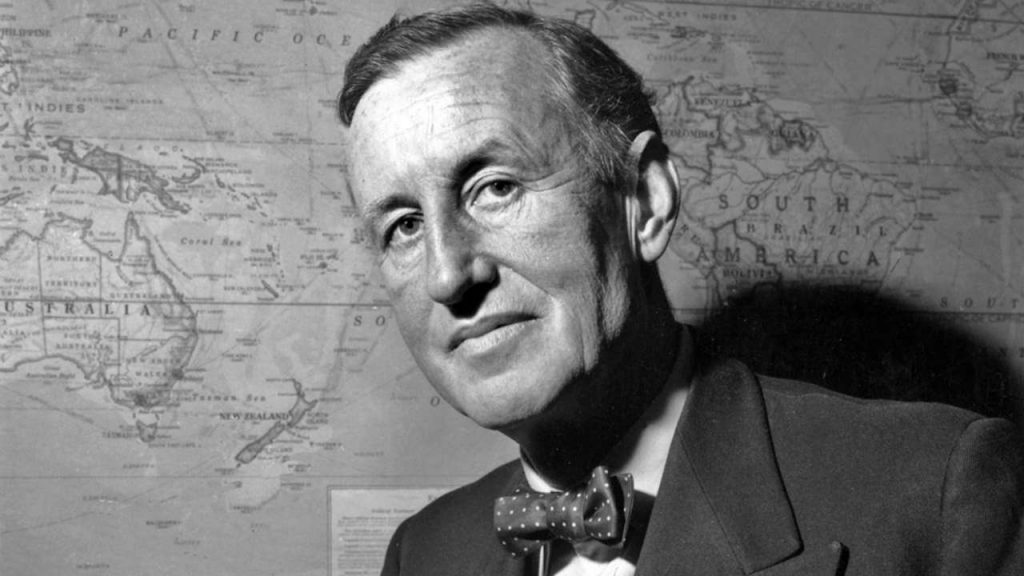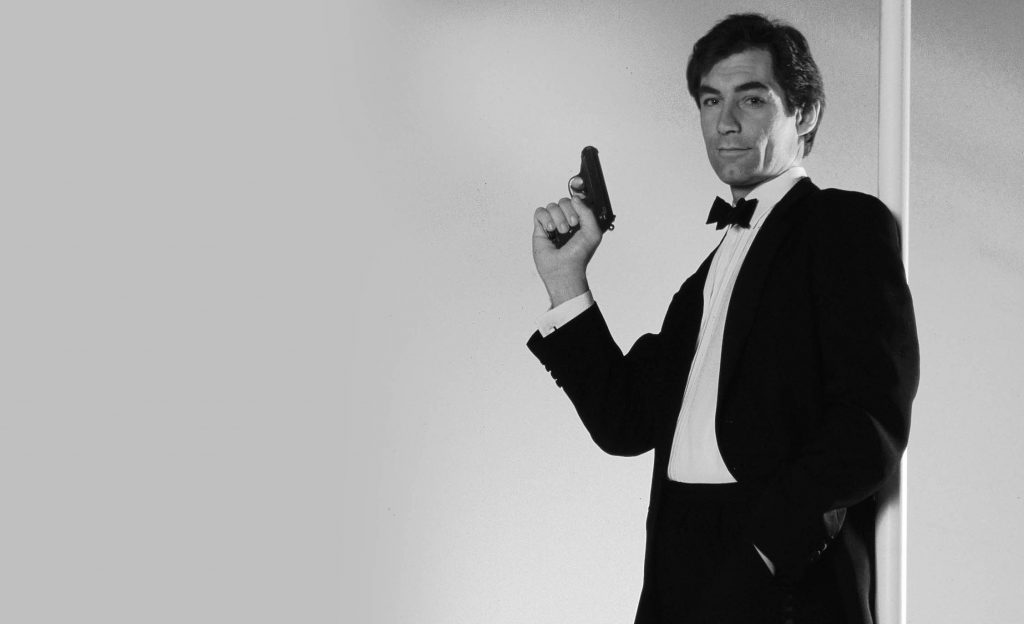
Ever since the 1950s, the world has had a fascination with James Bond. Ian Fleming’s gentleman spy captivated literary and movie audiences with a mixture of smarmy charm, gun battles, and the occasional drink every now and then. Some interpretations of the character are more realistic than others, but the core essence of Britain’s signature badass remains the same. Naturally, I think it is time to explore the ins and outs of 007 in the only way possible.
We, dear readers, are going to examine every single one of the movies.
But before we get started, let’s look at some history!
Who Was The Real James Bond?

In order to understand the origins of Bond, it’s important to consider Fleming’s service in the Second World War. Contrary to what you might have seen on Timeless, Ian served as an officer in the Naval Intelligence Division of the Royal Navy and spent most of the war in London. He started out as a Lieutenant Commander and assistant to NID Director (and Rear Admiral) John Godfrey, but you might not have heard of some key exploits that led to the creation of 007.
According to historian Ben Macintyre, Ian Fleming was the author of the Trout Memo, a manual for deception operations that utilized a metric ton of fly fishing metaphors. To the casual reader, the Memo might seem like your usual espionage document, but several of the ideas mentioned in it actually paved the way for the Allied victory. Most notably, Rule 28 suggested that spies should plant fake documents on a dressed-up corpse to fool the enemy. This idea led to the development of Operation Mincemeat and the eventual liberation of Sicily.
Over the course of the war, Fleming also helped to create the Office of Strategic Services, the 30 Assault Unit, and T-Force. His contributions were primarily on the administration side of things, but his efforts gave him the chance to meet a wide variety of spies and commandos that inspired his later writing career.
Of course, he also mixed the name of an ornithologist and Hoagy Carmichael into Bond’s development, but that’s neither here nor there.
After the war, Ian Fleming became the Foreign Manager of The Sunday Times and constructed Goldeneye, which was his Jamaican home away from home. On February 17th, 1952, he sat down and developed Casino Royale, which became a critical and financial success a year later. In 1961, the film rights for Bond found their way into the hands of Albert R. Broccoli and Harry Saltzman.
And the rest, as they say, is history.
The Approach.

Over the next few months, it is my intention to critically analyze the first twenty Bond films by Eon Productions with the option of continuing on through the Daniel Craig reboot. With that said, it’s not enough to look at these films as pieces of entertainment. Like all works of art, these stories are products of their time and must be examined with some sort of context, so you might see some extra information here and there.
So, it’s time to mix a martini, sit back, and examine the tenure of one of the world’s greatest secret agents. This is The Legacy Of James Bond!
No Comments Yet